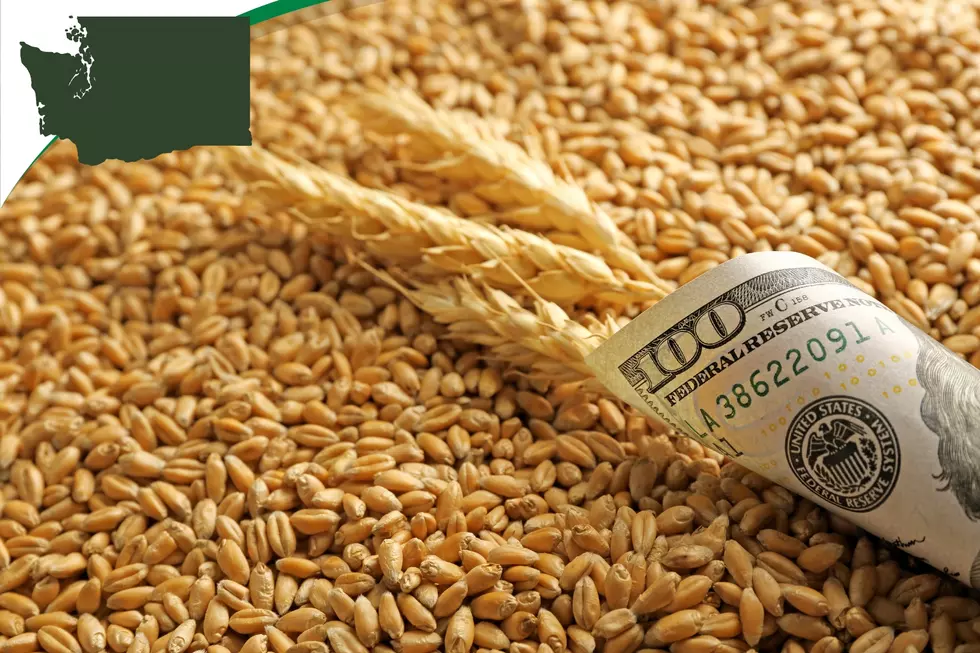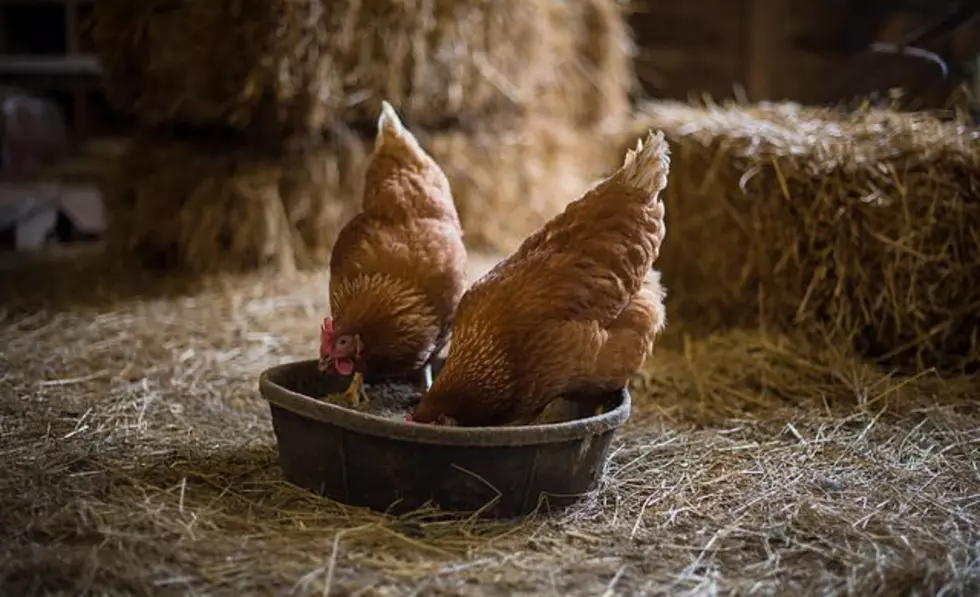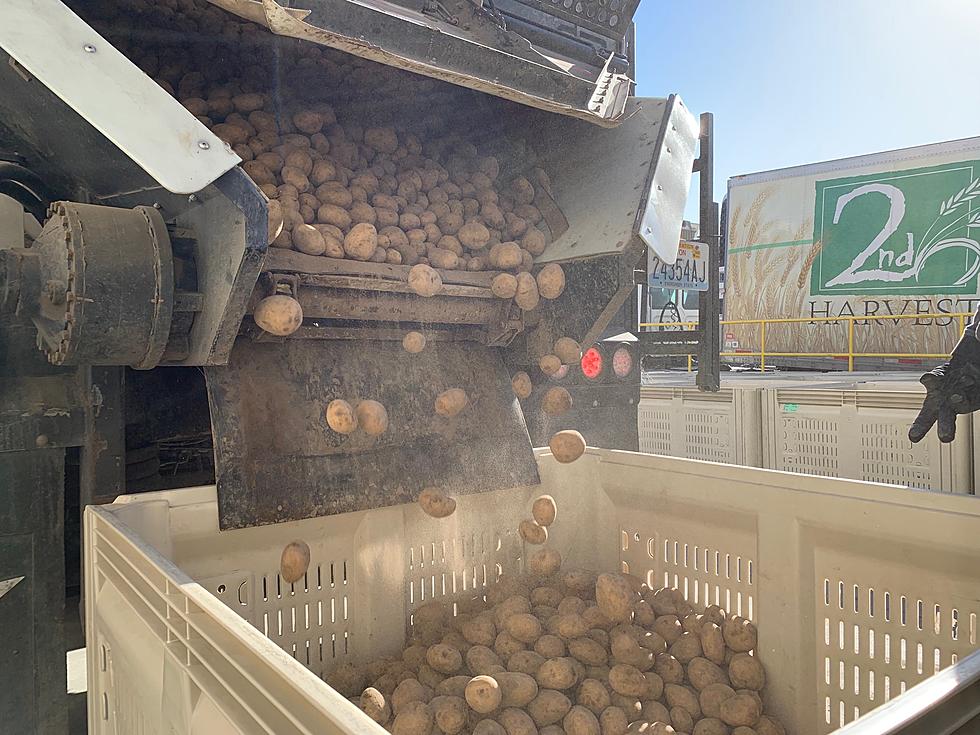
Why The Recent Problem With Falling Numbers
For the past three season, the Northwest wheat industry has struggled with low falling numbers, impacting the grade given and in some cases the ability to sell the grains on the open market. But, what's behind the recent increase in falling numbers problems?
Don Potts with the Washington State Department of Agriculture says 2014 and 2015 harvests were hurt by untimely rains, and 2016 was a dry year. Potts told the Washington Ag Network he could tell last year was going to be difficult when WSDA received Hard Red Winter Wheat samples from the Walla Walla area with very low falling numbers, around 220, a figure they’ve never seen before.
“As the samples came in and still low falling numbers with absolutely no rainfall there, then we started hearing about the late maturing late mature alpha-amylase, and the temperature swings in late June and early July and that was enough to start the alpha-amylase enzyme activity, and contribute to the low falling numbers.”
Potts acknowledged that different varieties can withstand falling numbers better. But, should the industry do away with the falling numbers test?
"Unfortunately, it’s all we have so we have to work with it. But long-term goals is certially looking at NIR technology so we can get a quicker more reliable number and something that the country elevators can do quickly so they can segregate.”
Potts added that’s a long-term effort, and where much of their research effort is spent right now.
If you have a story idea for the Washington Ag Network, call (509) 547-1618, or e-mail gvaagen@cherrycreekradio.com
More From PNW Ag Network









